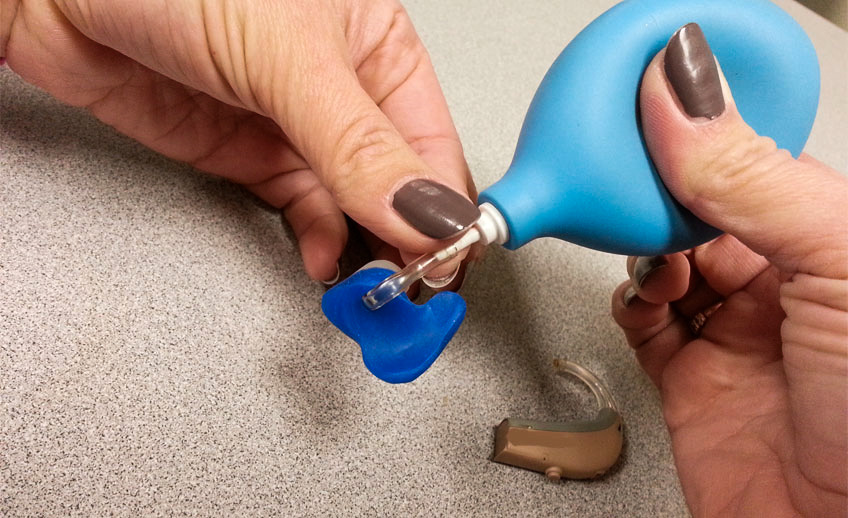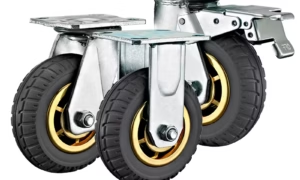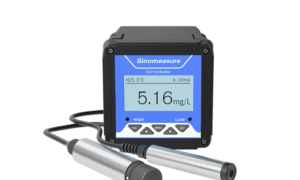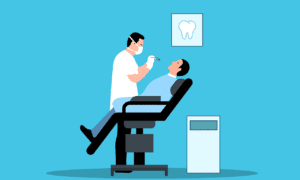Getting hearing aids represents a significant investment in your quality of life. These sophisticated devices can transform how you experience conversations, music, and everyday sounds. But like any precision technology, hearing aids require proper care to perform at their best.
Many people struggle with hearing aid maintenance, leading to frequent repairs, poor sound quality, or premature replacement. The good news? With the right approach, you can keep your hearing aids functioning optimally for years to come. This guide will walk you through essential maintenance practices, troubleshooting tips, and professional care strategies that will help you get the most from your investment.
Daily Cleaning Habits That Make a Difference
Your hearing aids face a challenging environment every day. Earwax, moisture, dust, and oils from your skin can accumulate and interfere with their performance. Establishing a consistent daily cleaning routine is your first line of defense.
The Right Way to Clean Your Hearing Aids
Start by washing your hands thoroughly before handling your devices. Use a soft, dry cloth to wipe down the exterior surfaces. For behind-the-ear models, pay special attention to the area where the device connects to the earmold or ear tip.
Never use water, cleaning solvents, or alcohol-based products directly on your hearing aids. These can damage the delicate electronic components. Instead, use specialized hearing aid cleaning tools like wax removal picks and soft-bristled brushes designed specifically for this purpose.
Dealing with Earwax Buildup
Earwax is one of the most common culprits behind hearing aid problems. It can block microphones, clog receivers, and cause feedback issues. Check your hearing aids daily for visible wax buildup, particularly around the microphone ports and speaker areas.
Use a wax removal tool or soft brush to gently clear away any accumulation. For in-the-ear models, you may need to remove the wax guard or filter if your device has one. Replace these components regularly according to your audiologist’s recommendations.
Moisture Management Strategies
Moisture poses a serious threat to hearing aid electronics. Your ears naturally produce moisture, and activities like exercising, showering, or spending time in humid conditions can introduce additional dampness to your devices.
Nighttime Drying Routines
Remove your hearing aids before sleeping and store them in a dry, safe location. Consider investing in a hearing aid dehumidifier or drying kit. These devices use either heat or desiccant materials to draw moisture from your hearing aids while you sleep.
Even if you don’t have a specialized drying system, simply opening the battery compartment and leaving your hearing aids in a dry location overnight can help prevent moisture damage.
Protecting Against Sweat and Humidity
If you exercise regularly or live in a humid climate, take extra precautions. Sweatbands can help keep moisture away from your hearing aids during workouts. Some people benefit from using hearing aid sleeves or covers that provide additional protection without interfering with sound quality.
Remove your hearing aids before swimming, showering, or engaging in water activities. If your devices do get wet accidentally, don’t panic—but act quickly to dry them thoroughly.
Battery Care and Power Management
Proper battery maintenance extends both battery life and the overall lifespan of your hearing aids. Different battery types require different approaches.
Traditional Hearing Aid Batteries
If your hearing aids use disposable zinc-air batteries, store unused batteries in a cool, dry place. Don’t remove the protective tab until you’re ready to use the battery, as this activates the power source.
Keep spare batteries with you, but avoid storing them in extremely hot or cold environments. Car glove compartments and bathroom medicine cabinets are poor storage choices due to temperature fluctuations.
Rechargeable Battery Systems
Rechargeable hearing aids require consistent charging habits. Place your devices in their charging station every night, even if the battery isn’t completely depleted. This helps maintain optimal battery health over time.
Clean the charging contacts regularly with a dry cloth to ensure proper connection. If you notice decreased battery life or charging issues, contact your hearing care professional—the rechargeable battery may need replacement.
Storage and Handling Best Practices
How you handle and store your hearing aids significantly impacts their longevity. These devices contain sensitive components that can be damaged by drops, impacts, or improper storage.
Safe Storage Solutions
Designate a specific location for your hearing aids when you’re not wearing them. A bedside table or bathroom counter works well, provided the area stays dry and clean. Many people find success with a small dish or container dedicated solely to hearing aid storage.
Keep your hearing aids away from pets and small children. Dogs, in particular, are attracted to hearing aids and can cause significant damage if they get hold of them.
Handling with Care
Always handle your hearing aids over a soft surface like a towel or cushion. This minimizes damage risk if you accidentally drop them. When inserting or removing your devices, work slowly and gently to avoid forcing connections or bending delicate components.
Avoid exposing your hearing aids to extreme temperatures. Don’t leave them in direct sunlight, near heating vents, or in cars during hot weather.
Professional Maintenance and Check-ups
Regular professional maintenance is essential for keeping your hearing aids in top condition. Your audiologist or hearing care provider has specialized tools and expertise that go beyond what you can accomplish at home.
Scheduling Regular Appointments
Most hearing care professionals recommend professional cleanings and check-ups every three to six months. During these visits, your provider will perform deep cleaning procedures, check for component wear, and make any necessary adjustments.
These appointments also provide opportunities to discuss any changes in your hearing or concerns about your devices’ performance. Your audiologist can make programming adjustments to ensure your hearing aids continue meeting your needs effectively.
When to Seek Professional Help
Don’t wait for your scheduled appointment if you notice significant changes in performance. Contact your hearing care provider if you experience sudden sound quality changes, increased feedback, or if your hearing aids stop working entirely.
Many issues that seem major can be resolved quickly with professional attention. Attempting DIY repairs often causes more harm than good, so leave complex problems to the experts.
Troubleshooting Common Issues
Understanding how to address minor problems can save you time and frustration. Many hearing aid issues have simple solutions that don’t require professional intervention.
Addressing Feedback and Whistling
Feedback often occurs when your hearing aids don’t fit properly or when something blocks the sound path. Check that your devices are inserted correctly and that nothing is obstructing the microphones or speakers.
If feedback persists, examine your ears for excess wax buildup or contact your audiologist about potential fit issues. Changes in your ear shape over time can affect how your hearing aids sit and function.
Dealing with Intermittent Sound Issues
If your hearing aids cut in and out or produce distorted sound, start with basic troubleshooting. Check the battery level, clean the device thoroughly, and ensure all connections are secure.
For hearing aids with programs or volume controls, verify that settings haven’t been accidentally changed. Sometimes a simple reset to your preferred program resolves sound quality issues.
Protecting Your Investment Long-term
Hearing aids represent a significant financial investment, and proper care helps ensure you get full value from your purchase. Beyond daily maintenance, consider these long-term protection strategies.
Insurance and Warranty Considerations
Understand your hearing aid warranty terms and keep documentation in a safe place. Many manufacturers offer extended warranty options that can provide peace of mind and financial protection.
Check whether your homeowner’s or renter’s insurance covers hearing aid loss or damage. Some policies include coverage for medical devices, while others require additional riders.
Planning for Replacement
Even with excellent care, hearing aids don’t last forever. Most devices function well for four to seven years, depending on usage patterns and maintenance quality. Start planning for replacement before your current devices fail completely.
Technology advances rapidly in the hearing aid industry. Staying informed about new features and capabilities can help you make better decisions when replacement time arrives.
Making Maintenance a Habit
Consistency is key to successful hearing aid maintenance. The most effective care routines become automatic habits that require minimal conscious effort.
Start by incorporating basic cleaning into your existing daily routines. Many people find success linking hearing aid care to other regular activities like brushing teeth or getting dressed.
Keep cleaning supplies in convenient locations where you’re likely to use them. A small cleaning kit in your bathroom and another in your bedroom ensures you’re always prepared for proper maintenance.
Consider setting phone reminders for weekly deep cleaning sessions or monthly supply checks. These small investments in time pay dividends in device longevity and performance.
Your hearing aids are sophisticated tools designed to enhance your quality of life for years to come. With proper care, attention to detail, and regular professional maintenance, you can maximize their performance and extend their lifespan significantly. The habits you establish today will determine how well your hearing aids serve you tomorrow.
Remember that good maintenance isn’t just about protecting your financial investment—it’s about ensuring you can continue enjoying clear, natural sound quality that keeps you connected to the world around you.



































